Articles
Featured Articles
Read our latest stories on the people and scientific innovations making a difference in patients’ lives.
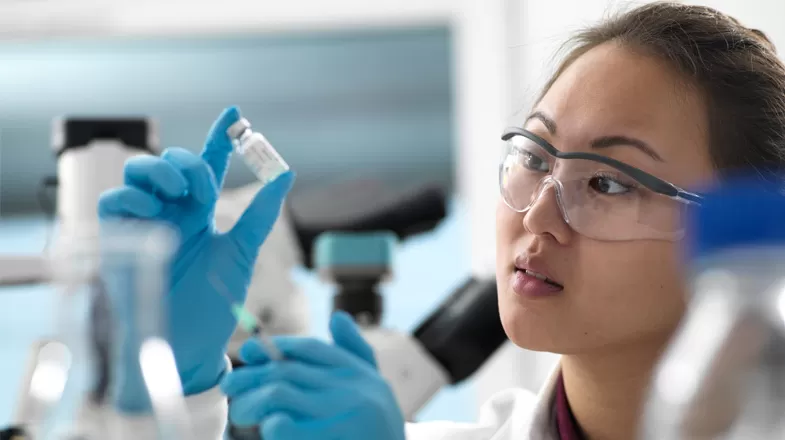
Science & Innovation
The Next Frontier of Vaccine Innovation
Edward Jenner changed the world when he used cowpox virus to inoculate a young boy against smallpox.1 Less than 200 years later, smallpox was eradicated from the Earth.2 Dozens of vaccines have since been created, leading to dramatic improvements in public health as well as a marked decline in deaths due to diseases such as measles, pertussis (whooping cough), and tetanus. Imagine what Jenner would say if he knew that at least two vaccines now help prevent cancers!3 Or that the world’s...
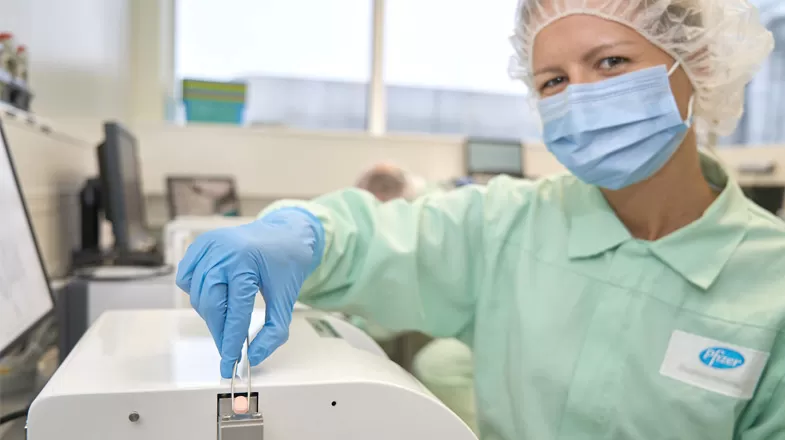
Science & Innovation
Making the COVID-19 Oral Treatment: How 2,000+ Pfizer Team Members Made It Happen
As the potential threat of COVID-19 became clear by early 2020, teams across Pfizer sprang into action. Together, they worked to better understand the novel virus. Hospitals were filling, and no one was sure how best to treat the people who were sick. While some infected people seemed to recover quickly, others were dying. “We had started to think about how best we might be able to help address the pandemic,” recalls Annaliesa Anderson, who is Senior Vice President and Chief Scientific Officer...
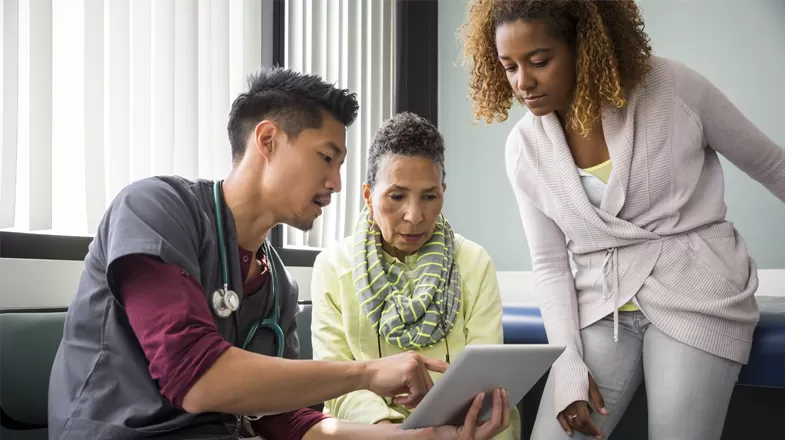
Science & Innovation
What Are Biosimilars and How Do They Expand Treatment Options for Patients?
If you’ve experienced sticker shock in the pharmacy and considered not filling a prescription because of the cost, you’re not alone. Recent data shows that almost 13 million Americans delayed filling a prescription or didn’t fill it at all because of the cost.1 In an era of rising drug prices, getting lower-cost medicines in the hands of more people who need them is critical not only for the pharmaceutical industry, but also, and most importantly, for patients. Biosimilars make cutting-edge...

Science & Innovation
Can You Inherit Rheumatoid Arthritis? Genetic vs Hereditary
Inflammation that leads to pain, swelling, stiffness, fatigue, and loss of joint function, are a fact of life for more than one million people in the United States who live with rheumatoid arthritis (RA).1 The chronic autoimmune disease causes the immune system to attack the healthy tissues surrounding the joints; it mainly affects the wrists, hands and knees (and often attacks numerous joints at once).2Is rheumatoid arthritis genetic? In addition to risk factors such as age, sex, smoking and...
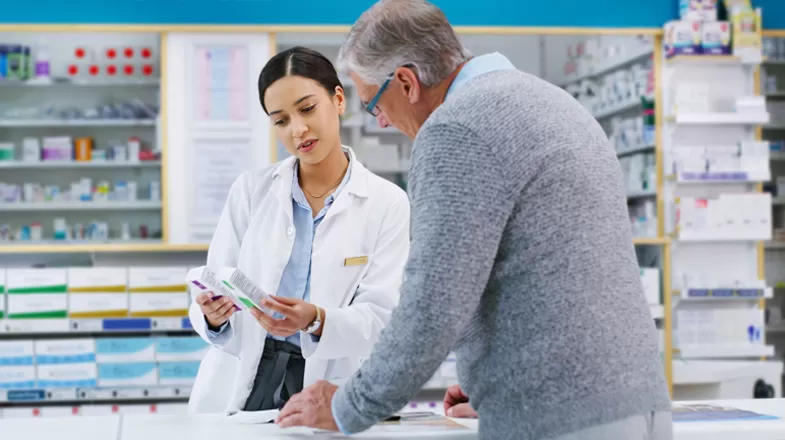
Science & Innovation
Biologics vs. Biosimilars: Understanding the Difference
Maybe you’ve heard of biologics and biosimilars. You might even be taking biological or biosimilar medicines to treat cancer, rheumatoid arthritis, ulcerative colitis, psoriasis, or other health conditions. Still, maybe you have questions about what the differences and similarities are or how these drugs are developed.Biologics revolutionized the prevention, treatment, and outlook of many serious diseases. Now, biosimilar advancements in these drugs are helping to provide expanded access to...

Science & Innovation
Cancer Biomarkers: Paving the Way for Better Lung Cancer Treatment
Receiving a lung cancer diagnosis may inspire a lot of questions: Will my cancer spread? What are the best treatment options for my type of lung cancer? How well do treatments work?There are no one-size-fits-all answers to questions about lung cancer—and that can be a good thing. Scientific advances have led to the practice of “precision medicine” or treatments tailored to patients based on the genes and proteins found in their tumor. In cancer treatment, it involves looking at changes in the...
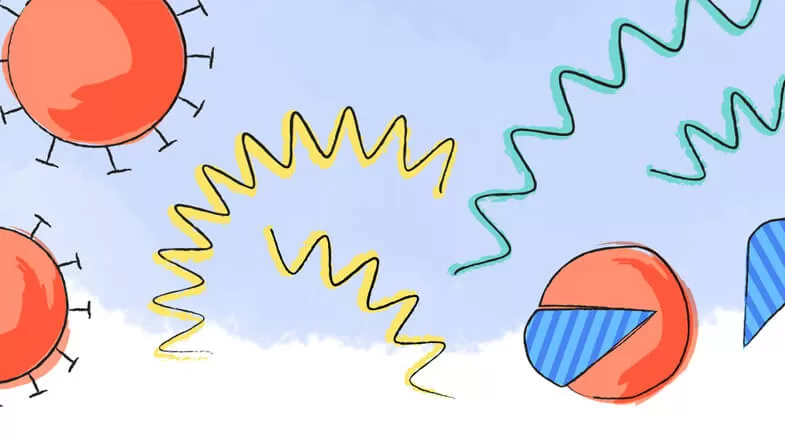
Science & Innovation
How a Coronavirus Protease Inhibitor Works to Fight COVID-19
SARS-CoV-2, the virus that causes COVID-19, was sometimes called the “novel coronavirus” in the early days of the pandemic. The term was fitting because SARS-CoV-2 was new; the world had not previously encountered this virus, though the scientific community was already quite familiar with other coronaviruses, including SARS-CoV-1, the virus that caused the 2003-2004 severe acute respiratory syndrome (SARS) outbreak, MERS-CoV that caused the Middle East respiratory syndrome (MERS) outbreak in...
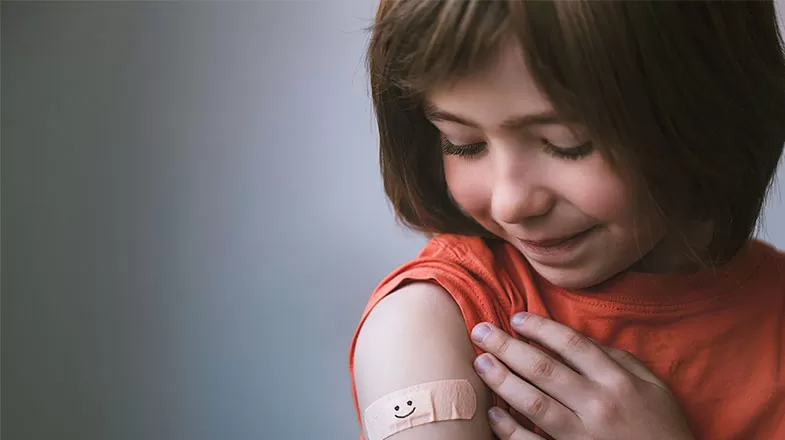
Science & Innovation
How Vaccines Work: Immune Response and the Body's Reaction
Vaccines can train your body to prevent sicknesses before they even start. They do this by introducing something called an antigen into the body, which imitates an infection and primes the immune system to respond.1 That way, if you encounter certain disease-carrying organisms, known as pathogens,2 in the future, your body already has a plan of attack.“After a vaccination—and once the antigen is recognized as foreign by surrounding cells—it sets a cascade of events in motion that may help...
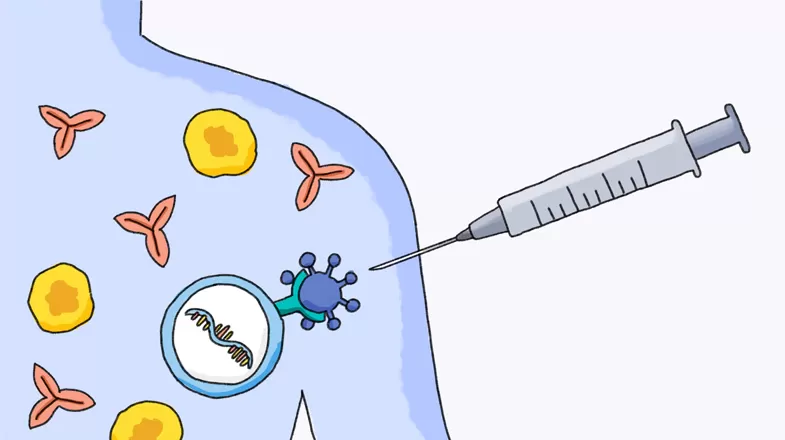
Science & Innovation
What Makes an RNA Vaccine Different From a Conventional Vaccine?
Vaccines are one of the greatest health interventions ever developed. They’ve been cited as being as important to keeping communities healthy as having access to clean water and safe sanitation.1 Through scientific investment and ingenuity, today we have multiple vaccine technology platforms that have helped us control and, in some cases, eradicate many healthcare challenges such as polio, river blindness, smallpox, and COVID-19, just to name a few. In 2020, messenger RNA, or mRNA for short...

Science & Innovation
How Access to Biosimilar Drugs Could Boost Healthcare Equity
Access. Affordability. Health Equity. These are more than just industry buzzwords; they have real world implications which have a tremendous impact on patients’ lives. For instance, in 2018, racial health disparities were linked to $93 billion in excess medical costs.1 More recently, in 2021 the U.S. Department of Health and Human Services delivered a report which measured healthcare quality, access, and disparity. It concluded that “compared with white groups, the number of measures that were...
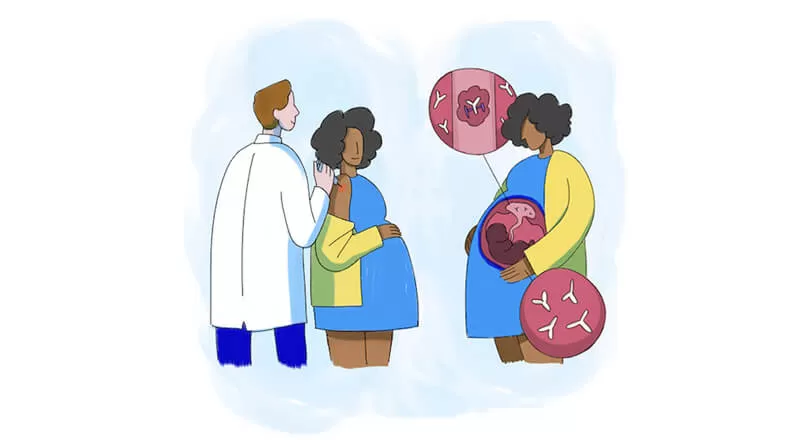
Science & Innovation
How Maternal Immunization Works and Why It's Important for Your Child
The instinct to protect a baby starts when it's in the womb. Some of the most common ways a mother does this is through receiving regular prenatal care, taking prenatal vitamins, and prioritizing a healthy diet and rest. A less frequently discussed, but equally crucial, step that mothers-to-be can take is getting themselves vaccinated during pregnancy. Even a brief look at the history of maternal immunization reveals that the antibodies provided by vaccination can be one of the greatest gifts a...
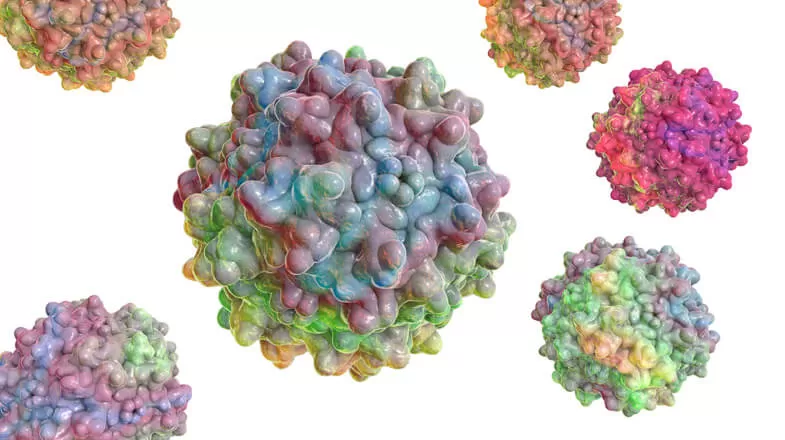
Science & Innovation
Customizing Viral Vectors to Further Gene Therapy Innovation
It seems strange to think that a harmless virus could be the key to treating an illness. But an innovative and transformative medicine called gene therapy uses non-disease-causing viruses to deliver a healthy copy of a gene that aims to treat the underlying cause of a disease. These viruses are used as vectors or vehicles that deliver genetic materials to specific cells.1 “As this flourishing field expands, scientists are engineering viral vectors that are more precisely able to deliver...
Media Resources & Contact Information
Anyone may view our press releases, press statements, and press kits. However, to ensure that customers, investors, and others receive the appropriate attention, Pfizer Media Contacts may only respond to calls and emails from professional journalists.
